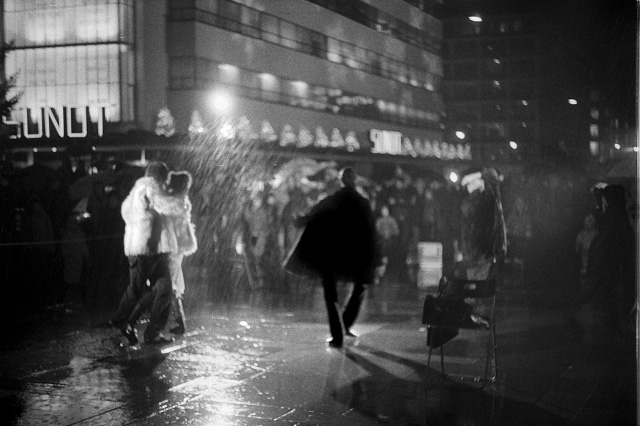V
varjag
Guest
Unsharp is teh lose 🙂



As opposed to celebrating fuzzy, sharp photos? 🙂sitemistic said:As I've said before, I find it amazing that photographers buy $5,000 cameras and $5,000 lenses, and then celebrate fuzzy, soft photos.
Don't have either, but I take your word for it 🙂sitemistic said:Well, you know, if you want fuzzy photos, an early Zorki 1 with a mismatched Industar will give you that Noctilux look at a lot less money. 🙂

RdEoSg said:Are we talking about sharpness like resolving ability of a lens or sharpness like no camera motion?
Paul Jenkin said:I suppose I'm saying that I don't believe there's a universal 'right and wrong'. Ultimately, I wouldn't want to feel released from the tyrrany of sharpness only to be captured by the tyrrany of blur.

Except it's not what Paul have written:sitemistic said:Paul's statement that he started not worrying about unsharp photos only after he started using an M6 is interesting. Again, why buy a quality camera like the M6 and quality lenses only to abandon an interest in sharpness?
I wouldn't want to feel released from the tyrrany of sharpness only to be captured by the tyrrany of blur.
Exactly what it says: if he got it unsharp but it works he'll use it. Not that he'll try get it "wrong" all the time just for sake of it.sitemistic said:"For me, a shot only needs to be sharp where it matters. For portraits, that's usually the eyes and for landscapes, that could be everywhere. However, if I get it wrong (or right - whichever way you look at it) and end up with an out of focus shot that I like, then I'll have no problem using it."
varjag, what does if I get it wrong I'll have no problem using it mean to you?
sitemistic said:Paul's statement that he started not worrying about unsharp photos only after he started using an M6 is interesting. Again, why buy a quality camera like the M6 and quality lenses only to abandon an interest in sharpness? There are a lot cheaper alternatives if ultimate sharpness isn't your goal.
Not sharp, I like this picture anyway.
Canon 50/1.2 on the Bessa R2, wide-open at 1/15th, hand-held.

